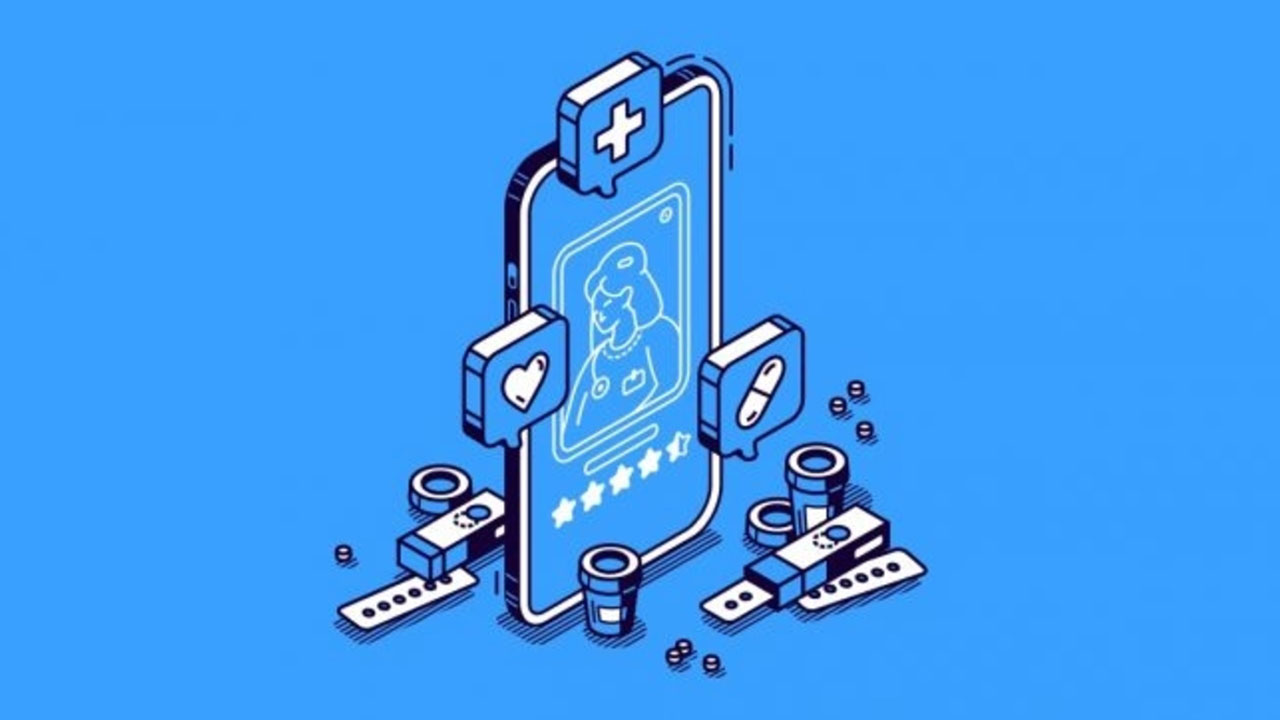Telemedicine Future in India | MedTel
A driving factor for this popularity is the ability for care providers to monitor patients in between in-person visits using wearable technology. Devices stream patients’ biometric information to the healthcare provider who can then use it to monitor biometric values continuously and over long periods of time.
Scope of Telemedicine in India’s Healthcare Industry
Virtual Care to Augment Traditional In-person Care
Patient Privacy to Be the Need of the Hour
Integrated Ecosystem to Drive Adoption of Telemedicine
Data-driven technologies are leading to digitization and automation in healthcare, but integrated ecosystems will continue to drive healthcare value. Proper communication between stakeholders like patients, healthcare providers, and payers can increase preventive health services, reduce medical errors and improve care delivery overall. Integrated ecosystems can also improve administrative efficiency. By sharing data, the quality of that same data can be improved which is key to reducing manual processing.
Home to Become a Health Hub
Features of Telemedicine
Remote Patient Monitoring or RPM
RPM is a revolutionary solution for patients to consult doctors and medical practitioners from the comfort of their homes. It relies on virtual interactions between the two, thereby saving massive amounts of time and money on personal visits. With Remote Patient Monitoring, doctors and medical practitioners can observe vital information such as heart rate, blood pressure, etc. using wearable gadgets that transmit readings via telemedicine software. They can provide an effective consultation based on the reading.
Real-time Services
Interactions among Caregivers, Physicians, and Specialists
Now, with the help of telemedicine, medical professionals can transmit data, video-conference, and consult one another during surgeries from miles away. The imaging and monitoring using telemedicine, along with Artificial Intelligence technology, provide accurate renderings of real-time situations. Doctors and primary care-givers can also freely interact for updates on the patient’s medical status. They can share directives and details about progress and necessary modifications in treatment.
Store-and Forward Services
Networking with Telemedicine
Sharing Medical Images
Benefits of Telemedicine
The advantages of telemedicine are abundant for patients and healthcare professionals. Here are a few:
- It saves time and resources of medical practitioners and hospitals: Hospitals and medical practitioners save a significant amount of time and money as there is no need to commute. With the resources saved, they can address more critical patients who need physical attention. They can also devote these resources to charitable services such as by providing free consultations and surgeries for the less fortunate.
- It helps connect patients to doctors with no physical visits: Patients can consult medical professionals at anytime from anywhere. They do not have to visit healthcare facilities in person.
- It is a consumer-centric model that helps patients save money: Telemedicine provides more benefits to patients as they can access medical attention from their homes. Additionally, the cost of consultation is nominal on telehealth platforms.
- It provides easy access to patient information: Telemedicine makes it easier to share patient information. The medical files of the patient are stored and shared with cloud storage technology. Patients can simply upload or share their medical history for analysis.
- It helps share diagnostics: Diagnostic specialists can now share results of CT scans, x-rays, MRIs, radiology, etc. quickly and with no additional cost, thanks to the help of the internet.
- It improves the reach of healthcare facilities: Since telemedicine can connect healthcare professionals to patients in different zip codes, they can treat patients in remote areas. They can also address patients with no past affiliations with hospitals.
- It improves the quality of healthcare services: With the help of AI, data transfer, and remote monitoring, healthcare facilities can focus on each patient’s requirements more efficiently.
- It increases the revenue for healthcare professionals: Hospitals and private medical practitioners who have invested in telemedicine technologies have observed a steady growth of revenue. This is because they can address more patients in the allotted time. They can provide specialized treatments with active participation from the patients.
- It is ideal for treating chronic illnesses: Patients with asthma, heart diseases and other chronic illnesses cannot always make it to hospitals in case of emergencies. With the help of telemedicine, they can now consult medical professionals right away.
- It encourages patients to be health-conscious: Telemedicine encourages patients to be responsible for their own health by prompting them to follow directions provided by healthcare professionals.
